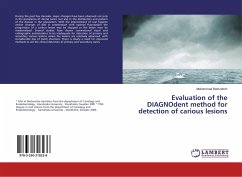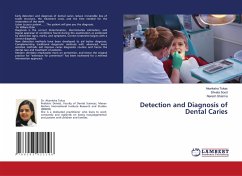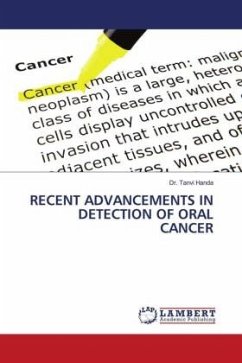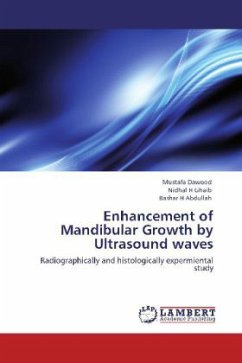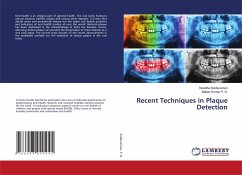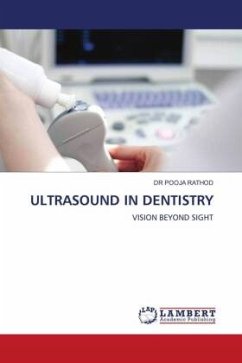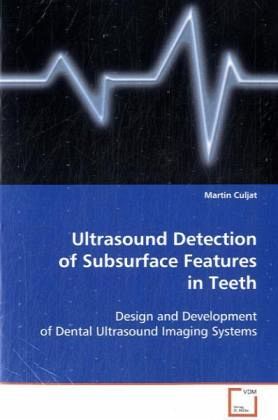
Ultrasound Detection of Subsurface Features in Teeth
Design and Development of Dental Ultrasound Imaging Systems
Versandkostenfrei!
Versandfertig in 6-10 Tagen
39,99 €
inkl. MwSt.

PAYBACK Punkte
20 °P sammeln!
Ultrasound is well suited for imaging of teeth and their internal structures due to its high resolution, its ability to detect small variations in acoustic impedance, its ability to penetrate hard tissues and restorations, and its non-ionizing nature. Of particular clinical interest are those structures that are difficult to detect with radiography, including microcracks, subsurface caries and fractures, occlusal caries, and defects that are adjacent to restorations. This book outlines the challenges and advantages associated with dental ultrasound, details existing dental imaging and dental u...
Ultrasound is well suited for imaging of teeth and
their internal structures due to its high
resolution, its ability to detect small variations
in acoustic impedance, its ability to penetrate hard
tissues and restorations, and its non-ionizing
nature. Of particular clinical interest are those
structures that are difficult to detect with
radiography, including microcracks, subsurface
caries and fractures, occlusal caries, and defects
that are adjacent to restorations. This book
outlines the challenges and advantages associated
with dental ultrasound, details existing dental
imaging and dental ultrasound techniques, and
presents a novel approach to the detection of
subsurface dental structures. This book is a revised
and reformatted version of the Ph.D. dissertation,
submitted to the Biomedical Engineering
Interdepartmental Program at the University of
California, Los Angeles in 2005, originally
entitled Development of an ultrasound imaging
system for the detection of subsurface fractures and
caries in human teeth.
their internal structures due to its high
resolution, its ability to detect small variations
in acoustic impedance, its ability to penetrate hard
tissues and restorations, and its non-ionizing
nature. Of particular clinical interest are those
structures that are difficult to detect with
radiography, including microcracks, subsurface
caries and fractures, occlusal caries, and defects
that are adjacent to restorations. This book
outlines the challenges and advantages associated
with dental ultrasound, details existing dental
imaging and dental ultrasound techniques, and
presents a novel approach to the detection of
subsurface dental structures. This book is a revised
and reformatted version of the Ph.D. dissertation,
submitted to the Biomedical Engineering
Interdepartmental Program at the University of
California, Los Angeles in 2005, originally
entitled Development of an ultrasound imaging
system for the detection of subsurface fractures and
caries in human teeth.




